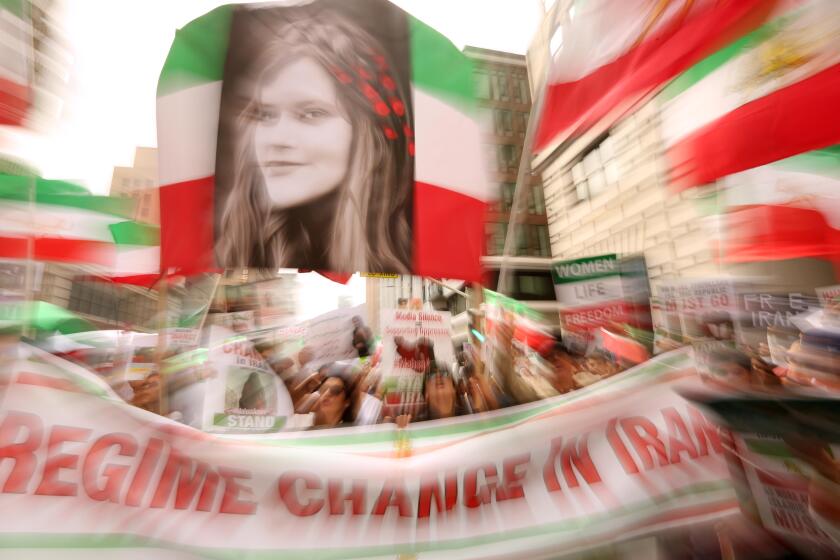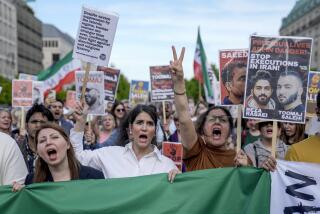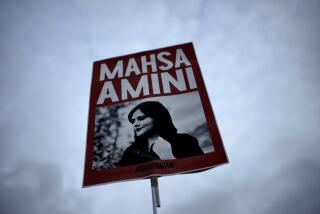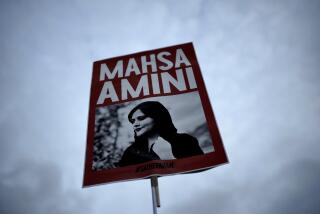Status of Iran’s morality police unclear after official’s comment
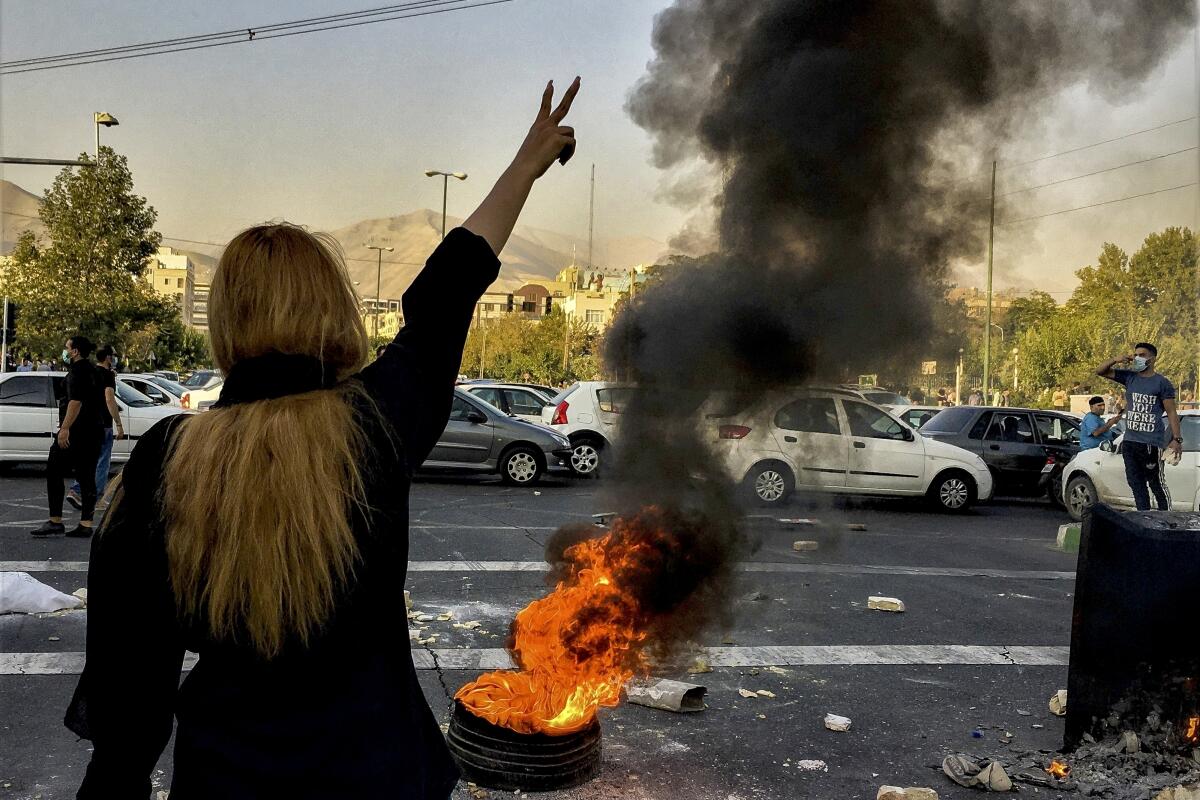
CAIRO ‚ÄĒ An Iranian lawmaker said Sunday that the government is ‚Äúpaying attention to the people‚Äôs real demands,‚ÄĚ state media reported, a day after a top official suggested that the country‚Äôs morality police whose conduct helped trigger months of protests have been shut down.
The role of the morality police, which enforce veiling laws, came under scrutiny after Mahsa Amini, 22, died in custody in September. Amini had been held for allegedly violating Iran’s strict dress codes. Her death unleashed a wave of unrest that has grown into calls for the downfall of the clerical rulers.
Iran‚Äôs chief prosecutor Mohammad Jafar Montazeri said Saturday that the morality police ‚Äúhad been closed,‚ÄĚ the semiofficial news agency ISNA reported. It did not provide details, and state media have not reported such a decision.
In a report carried by ISNA on Sunday, lawmaker Nezamoddin Mousavi signaled a less confrontational approach toward the protests.
‚ÄúBoth the administration and parliament insisted that paying attention to the people‚Äôs demand that is mainly economic is the best way for achieving stability and confronting the riots,‚ÄĚ he said after a closed meeting with senior Iranian officials, including President Ebrahim Raisi.
Mousavi did not address the reported shutdown of the morality police.
Thousands gathered in downtown Los Angeles on Saturday to rally for regime change in Iran and show solidarity with the demonstrations that have roiled the country after a young woman died while in the custody of the morality police.
The Associated Press has been unable to confirm the current status of the force, established in 2005 with the task of arresting people who violate the country’s Islamic dress code.
Since September, there has been a reported decline in the number of morality police officers across Iranian cities and an increase in women walking in public without headscarves, contrary to Iranian law.
Montazeri, the chief prosecutor, provided no further details about the future of the morality police or whether a closure would be nationwide and permanent. He added, however, that Iran‚Äôs judiciary would ‚Äúcontinue to monitor behavior at the community level.‚ÄĚ
A report by ISNA on Friday quoted Montazeri as saying that the government was reviewing the mandatory hijab law. ‚ÄúWe are working fast on the issue of hijab and we are doing our best to come up with a thoughtful solution to deal with this phenomenon that hurts everyone‚Äôs heart,‚ÄĚ he said, without offering details.
Saturday’s announcement could signal an attempt to appease the public and find a way to end the protests in which, according to rights groups, at least 470 people have been killed. More than 18,000 people have been arrested in the protests and the violent security force crackdown that followed, according to Human Rights Activists in Iran, a group monitoring the demonstrations.
Ali Alfoneh, a senior fellow at the Arab Gulf States Institute in Washington, said Montazeri’s statement about disbanding the morality police could be an attempt to pacify domestic unrest without making real concessions to protesters.
‚ÄúThe secular middle class loathes the [morality police] for restricting personal freedoms,‚ÄĚ said Alfoneh. On the other hand, the ‚Äúunderprivileged and socially conservative class resents how they conveniently keep away from enforcing the hijab legislation‚ÄĚ in wealthier areas of Iran‚Äôs cities.
When asked about Montazeri‚Äôs statement, Iranian Foreign Minister Hossein Amirabdollahian gave no direct answer. ‚ÄúBe sure that in Iran, within the framework of democracy and freedom, which very clearly exists in Iran, everything is going very well,‚ÄĚ he said, speaking during a visit to Belgrade, Serbia.
The antigovernment demonstrations, now in their third month, have shown no sign of stopping despite a violent crackdown. Protesters say they are fed up after decades of social and political repression, including a strict dress code imposed on women. Young women continue to play a leading role in the protests, stripping off the mandatory Islamic headscarf to express their rejection of clerical rule.
After the outbreak of the protests, the Iranian government hadn’t appeared willing to heed the demonstrators’ demands. It has continued to crack down on protesters, including sentencing at least seven to death. Authorities continue to blame the unrest on hostile foreign powers, without providing evidence.
But in recent days, Iranian state media platforms seemed to be adopting a more conciliatory tone, expressing a desire to engage with the problems of the Iranian people.
More to Read
Sign up for Essential California
The most important California stories and recommendations in your inbox every morning.
You may occasionally receive promotional content from the Los Angeles Times.
